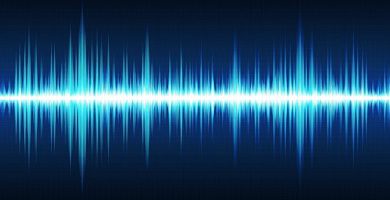What are Van der Waals forces?
We explain what Van der Waals forces are and in what cases they manifest themselves. In addition, why they bear such name and its characteristics.
-
What are Van der Waals forces?
It is known as Van der Waals forces or Van der Waals interactions at a certain type of attractive or repulsive intermolecular forces , different from those that generate atomic bonds ( ionic , metallic or covalent reticular type) or electrostatic attraction between ions and other molecules
These types of forces are manifested in three particular cases:
- Keesom attraction forces . They occur between permanently polarized molecules.
- Debye attraction forces . They take place between one polar molecule and another that has an induced polarity.
- London dispersion forces . They occur instantaneously between two induced molecular dipoles.
All these intermolecular forces are known as Van der Waals Forces, a name that pays tribute to the Dutch physicist Johannes Diderik van der Waals (1837-1923) who was the first to propose their effects on the equations of state of a gas (known as the Van der Waals Equation) in 1873. For this finding he was awarded the Nobel Prize in Physics in 1910.
-
Characteristics of the Van der Waals Forces

These types of forces are generally weak compared to ordinary chemical bonds , which does not prevent them from being fundamental for various fields of physics , biology and engineering. Thanks to them many chemical compounds can be defined, such as the solubility of lower alcohols, for example.
Van der Waals forces grow with the length of the non-polar end of a substance , since they are caused by correlations between fluctuating polarizations between atoms , molecules or nearby surfaces, a consequence of quantum dynamics.
They have anisotropy, that is, their properties vary depending on the orientation of the molecules: it often depends on their attraction or repulsion.
These forces are the weakest that occur between molecules in nature, thus requiring only 0.1 to 35 kJ / mol of energy to overcome them. However, they are crucial for protein formation , since it is an inexpensive and simple form of molecular bonding.





